Once he is motivated, no one can change more completely than the man who has been at the bottom.
Malcolm X
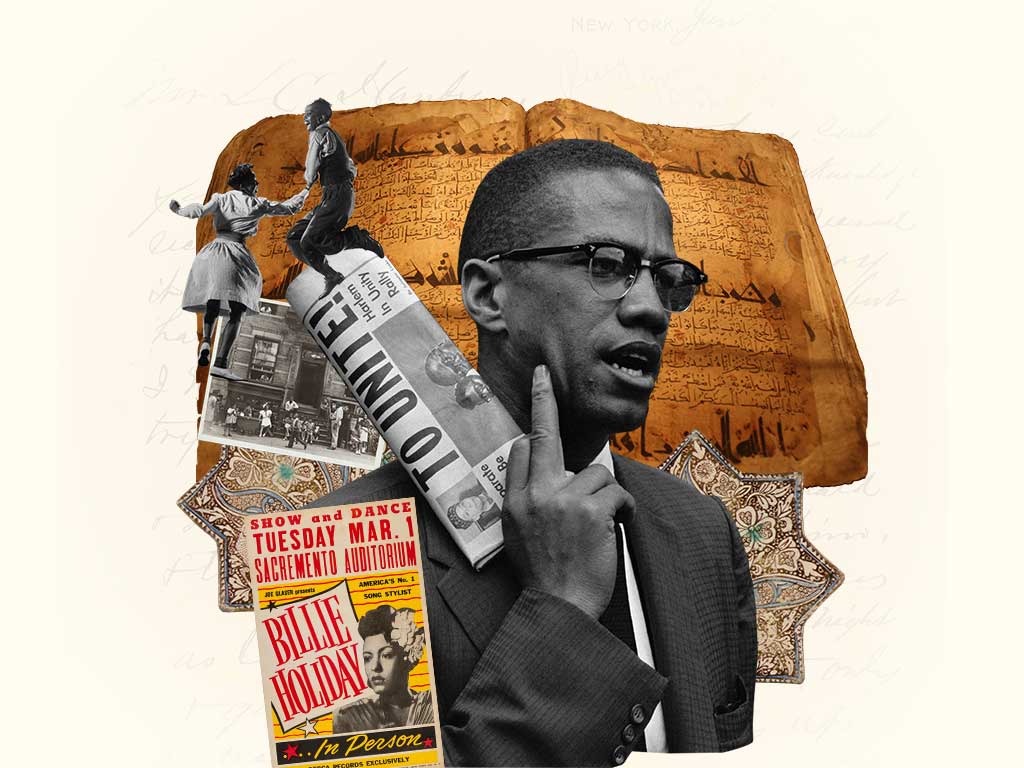
The Autobiography of Malcolm X
Alex Haley
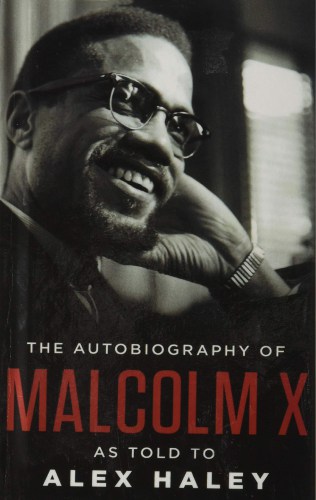
Malcolm, and Alex Haley. The autobiography of Malcolm X. New York: Ballantine Books, 1992. Print. ISBN: 978-0-345-35068-8
...the account of the personal story of one of America’s most influential Black leaders.
The Autobiography of Malcolm X as Told to Alex Haley is the account of the personal story of one of America’s most influential Black leaders. In this text, X recounts his childhood struggles with poverty and racism, his early youth of excess and crime, his religious conversion in prison, his activism and discipleship of Elijah Muhammad and his ultimate adoption of traditonal Islamic teachings as well as a more broad and inclusie view of social justice.
Why This Text is Transformative?
Centered in the life of Malcom X is the transformative power of texts.
This text is about transformation. It chart’s the course of a man’s life from criminality and excess to religious devotion and political activism. Centered in the life of Malcom X is the transformative power of texts. His life emphasises the powerful role authors from the past may play in opening the mind to new ideas and perspectives while encouraging us to take new steps. X’s life also exemplifies the strength required to make transformative changes in one’s own life. His painful break with Elijah Muhammad proivides a moving account of the struggle required to live truthfully, especailly when doing so may result in the expulsion from one’s community and require a reorientation of one’s goals.
A Focused Selection
Study Questions
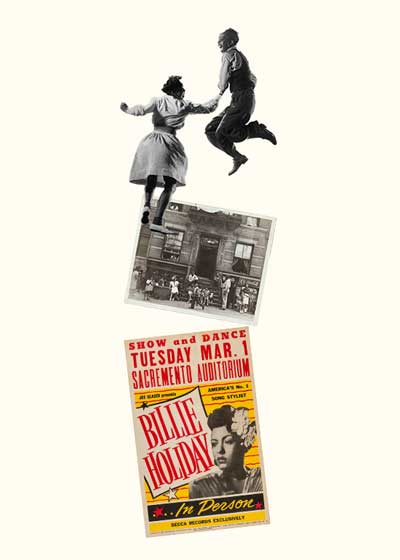
Chapters 9-12 discuss Malcom X’s imprisonment and conversion to Islam. While imprisoned, X finds liberation in the written word and devotes himself to study and self examination. These four chapters together could form the basis for an excellent discussion, though it’s important to read the entire text to grasp the full arc of X’s life, during which his perspective changes quite dramatically.
1) “Every word I spoke was hip or profane.” Perform an analysis of your language for a day along these lines. What did you discover? What can you do to speak more truly?
2) Discuss Malcolm X’s understanding of human nature as it applies to men and women and their relationship with each other. How did he form these opinions?
3) “All of our experiences fuse into our personality. Everything that ever happened to us is an ingredient.” What have been the most important ingredients for your life up until this point?
4) “The ability to read awoke inside me some long dormant craving to be mentally alive.” What book have you read that has made you feel more mentally alive and how did it do that for you?
5) What do you believe that others may find absurd?
6) Malcolm X found Islamic home rituals to be beautiful, regular and comforting. Consider your typical daily rituals. What about them do you find good and what would you like to change? How can you begin to make positive changes in your regular daily rituals?
Building Bridges
A Recommended Pairing
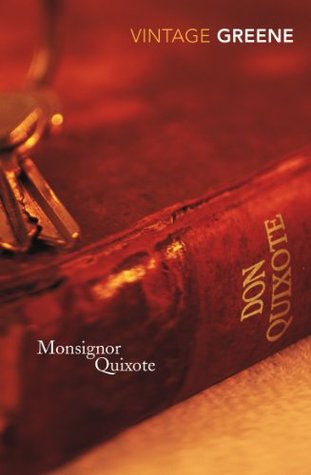
A wonderful short novel by Graham Greene, Monseigneur Quixote, recasts Cervantes’ magnum opus in a way that captures much of the humor and pathos in a more modern context, as the adventures of a Roman Catholic priest and a communist mayor taking to the road together in Spain during the Franco years. The richly imagined characters and their conversations make it clear that the issues that drive Don Quixote’s idealistic quest are not raised only in books of chivalry. How do we live with a commitment to the ideals of a religious faith or a political ideology which, though noble, may not fit easily with and may have unfortunate consequences in the unforgiving world in which we find ourselves? What difference does friendship make in our lives?
Supplemental Resources
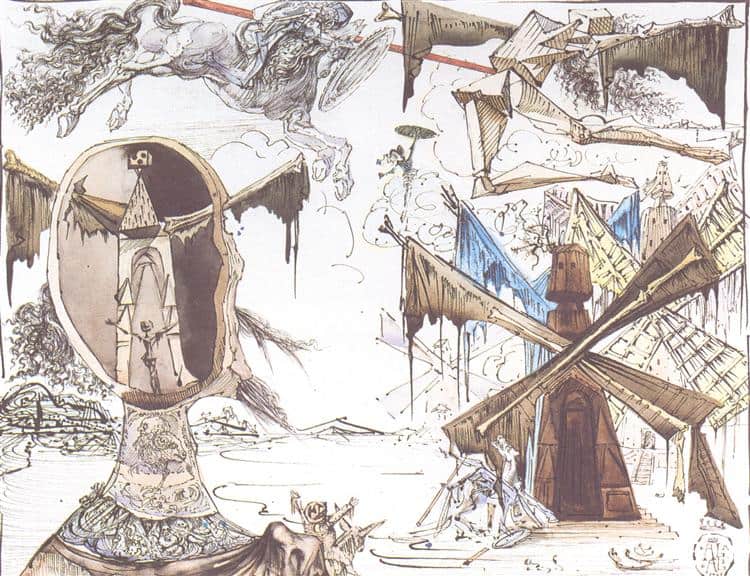
Don Quixote and the Windmills, 1945 - Salvador Dali - WikiArt.org
Don Quixote has been an inspiration for many visual artists. Spanish surrealist Salvador Dali returned to the novel multiple times throughout his long career, creating sketches, paintings, and sculptures of Don Quixote and Sancho, depicting important episodes in the book. A pairing of an episode with one of Dali’s works can lead to a stimulating discussion.
What details do students notice? What do his artistic choices suggest about his interpretation of the characters? To the extent that students are familiar with the story of Don Quixote, it is likely to be as it is filtered through the musical The Man of La Mancha. The musical has its own merits, and is framed by the interesting device of placing Cervantes on stage as a narrator, but of course it is impossible for it to capture much of the complexity of the book – and it alters the ending dramatically. Students may find it interesting to compare the two endings.
Text Mapping
Discipline Mapping
English/Composition Studies
History
Political Science/Government
Page Contributor



